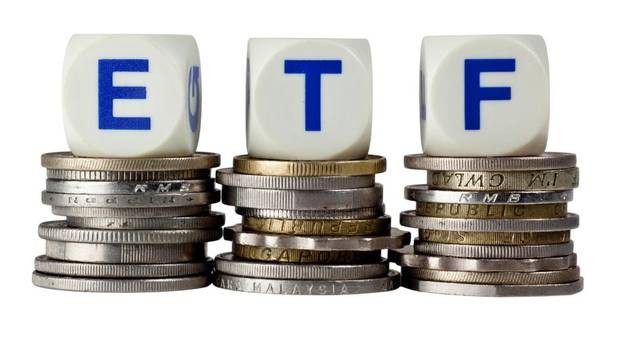Three Things You Need to Know about ETFs
Post on: 1 Апрель, 2015 No Comment

Here’s a true conversation I had with my dental hygienist, meandering through our usual banter about life, money and investing. This is the less garbled version.
“Are you using ETFs?” I ask.
“No, she answered, I only use funds. My husband just bought us a cool one but I think it’s a bit different than what we usually buy. It had a three letter symbol and my husband bought it in our brokerage account.”
“That’s an ETF” I reply.
“No, she says, it is a fund.”
We’re both right. She bought an ETF, which is also a fund. (ETF stands for “exchange traded fund ”.) After having this conversation, it struck me that despite a solid two-decade history, ETFs remain a bit of a mystery to many investors. I’ll even go so far to say that it is an area where some investors fear to tread. My sense is that a lot of people aren’t as comfortable in their knowledge of these simple investments – even if they already own them. And this may be a real miss. These funds are used every day by millions of investors around the world. There’s an ETF available for virtually every investment need, from broad markets to single countries, industries and sectors.
I strongly believe ETFs should be an option in every investor’s toolkit. To help you get grounded in the basics and let go of any fears, here are three things I want you to know about ETFs:
- ETFs are not all that different from mutual funds. ETFs are a mix of stocks or bonds combined into a single portfolio. Both vehicles have their uses: actively managed mutual funds generally seek to outperform a market or index, while most ETFs aim to track an index as closely as possible*. ETF’s are required to disclose their holdings daily, meaning you always know what you’re invested in.
- ETFs are relatively inexpensive. Cost matters – particularly for funds you plan to hold for the long term. ETFs not only tend to have lower annual expenses than an actively managed mutual fund, they are generally more tax efficient, meaning you may get to keep more of what you earn.
- ETFs are easy to use. You can buy and sell them like a stock. But just because they’re easy to trade doesn’t mean you have to; they make sense for both long and short term investments.

Of course, ETFs are only one tool to consider in your investment plan. What other vehicles or segments of the market are you avoiding because they’re unfamiliar? I’d love to hear from you.
Heather Pelant is Head of Personal Investing for BlackRock. She is a regular contributor to The Blog and you can find more of her posts here .
* While most ETFs seek to track an index, there are ETFs that are actively managed.
For more information on the differences between mutual funds and ETFs, please click here
Carefully consider the Funds investment objectives, risk factors, and charges and expenses before investing. This and other information can be found in the Funds prospectuses or, if available, the summary prospectuses which may be obtained by visiting www.iShares.com or www.blackrock.com. Read the prospectus carefully before investing.
Investing involves risk, including possible loss of principal.
Transactions in shares of ETFs will result in brokerage commissions and will generate tax consequences. All regulated investment companies are obliged to distribute portfolio gains to shareholders.
The Funds are distributed by BlackRock Investments, LLC (together with its affiliates, “BlackRock”).
©2014 BlackRock. All rights reserved. iSHARES and BLACKROCK are registered trademarks of BlackRock. All other marks are the property of their respective owners.














